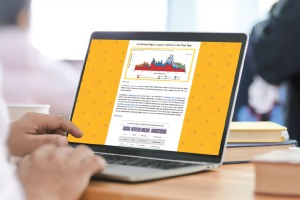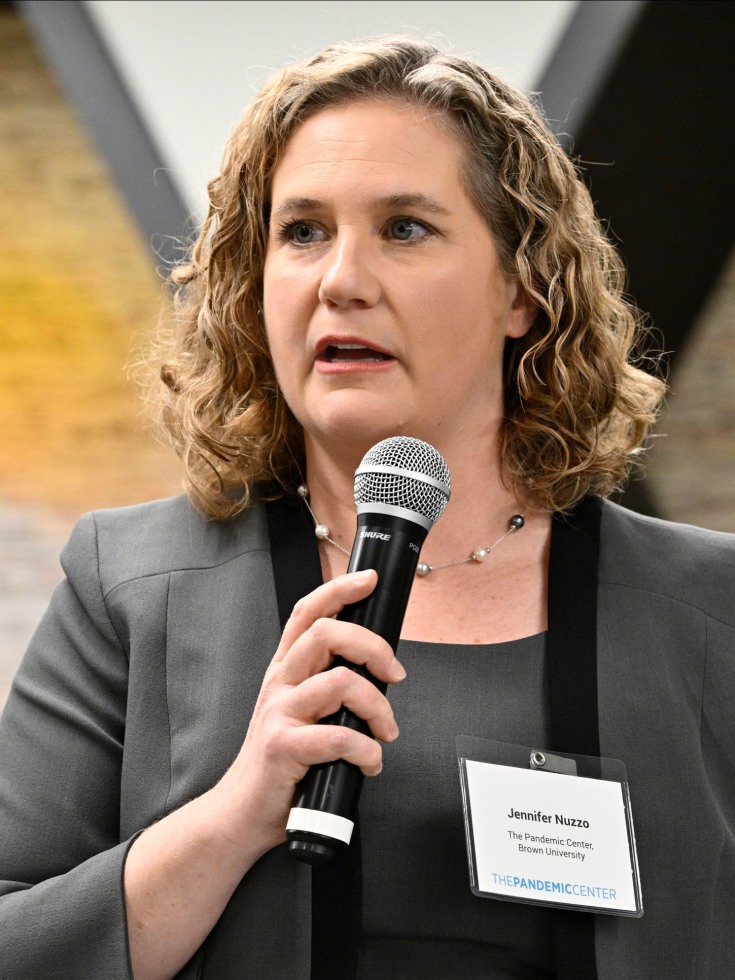The United States is currently in the midst of the largest measles outbreak in a quarter century. The nearly 1400 infections reported as of early-August mark the highest number of cases since the disease was declared eliminated in 2000.
The U.S. Centers for Disease Control and Prevention reports that most cases are among unvaccinated people, primarily children and teens. The initial outbreak occurred in a Mennonite community in West Texas and has since spread to 40 U.S. jurisdictions from Alaska to Louisiana. Three people have died from the disease, including two children; 155 people have been hospitalized.
Among the most infectious diseases known to humans, measles is more transmissible than Ebola, COVID-19 or Smallpox. Yet, it is entirely preventable through vaccination.
Since the 1963 introduction of the measles vaccine, the U.S. has dramatically reduced what was once an annual toll of three to four million infections, 500 deaths and 48,000 hospitalizations. In 1971, the measles, mumps and rubella vaccines were combined into the MMR vaccine, streamlining protection against all three diseases. Less than thirty years later, measles was declared eliminated.
Today, with cases of measles at their highest numbers in 25 years, and a lack of clear messaging and guidance from the Department of Health and Human Services, the Pandemic Center at Brown has risen to the occasion.
Each week, the Pandemic Center publishes a tracking report that updates and unpacks data on all emerging diseases, domestically and abroad. Measles currently tops the list.
Launched in 2024 by Jennifer Nuzzo, professor of epidemiology and director of Brown’s Pandemic Center, the Tracking Report has become a trusted source of reliable information for journalists, doctors, health experts and policymakers.
With upwards of 10,000 subscribers, the weekly email newsletter has developed a reputation for delivering clear, accurate coverage of evolving public health threats in a time when normally critical sources of information have gone silent; the Centers for Disease Control and Prevention has not dispatched an alert about disease outbreaks through its Health Alert Network since March of 2025.
We spoke with Professor Nuzzo about the state of public health information, the current U.S. measles outbreak and the origins of the Pandemic Center’s tracking report.
What motivated you to launch the Tracking Report?
We were tracking a number of different health concerns in 2024 but I was particularly focused on the H5N1 [bird flu] cases that were emerging among dairy workers on U.S. farms. It was, and still is, a really alarming situation. These workers were getting infected, which raised concerns not only about individual health outcomes but also about the potential for H5N1 to spark a pandemic—it’s long been considered one of the top pandemic threats.
I was immersed in meetings, following the data closely, and one day I got a call from a reporter. I assumed they wanted to talk about H5N1 since that was dominating the news, but instead, they asked about COVID. I realized I hadn’t thought much about COVID in weeks, and I didn’t have the latest data at my fingertips, which was unusual for me.
And it wasn’t just H5N1 or COVID, there were multiple health threats happening at once, including a viral hemorrhagic fever outbreak in Africa. So our Pandemic Center team began tracking all major outbreaks in one place. The idea was to keep an up-to-date summary of what was happening globally so that when someone asked, we could offer a clear, timely picture of the situation.
As we were pulling the data together, someone on our team pointed out that what we were building—a consolidated, interpreted summary of global health threats—was something no one else was offering. That’s how the idea of the Tracking Report was born. We started distributing it in 2024, and the response was overwhelming, far beyond what we anticipated.

